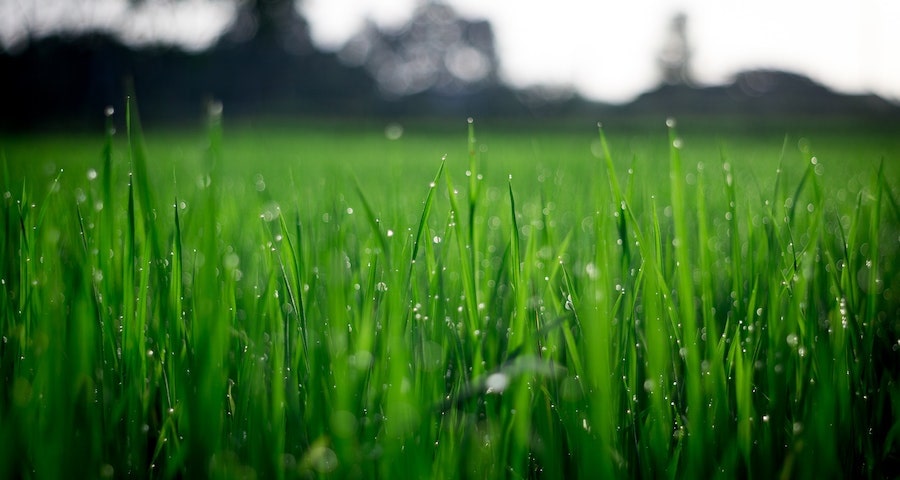
A beautiful, healthy lawn can make all the difference in the appearance and value of your property. There’s no better time than now to take care of your lawn and transform it into a lush, green, and attractive sight.
But did you know that a healthy lawn also benefits the environment by reducing soil erosion, improving air quality, and providing a habitat for beneficial insects? In this blog post, we’ll discuss four ways you can make your lawn healthier and more beautiful than ever.
Contents
Regular Mowing and Trimming
Mowing and trimming your lawn regularly is one of the quickest and easiest ways to maintain a healthy and attractive lawn. The ideal height for most grass types is around 2-3 inches, so it’s best to mow frequently to avoid overgrowth.
Trimming around the edges of your lawn and obstacles will keep your yard looking neat and tidy. Plus, removing the top one-third of the grass blades with each mow will stimulate growth and keep your lawn lush and thick.
Watering and Fertilizing
Watering and fertilizing your lawn is essential for its growth and health. Make sure to water your lawn in the morning to prevent evaporation and disease. Deep watering for longer periods is better than shorter, more frequent sessions. This will help the roots grow deeper and make your lawn more drought-resistant.
Fertilizing provides important nutrients such as nitrogen, phosphorus, and potassium, which can improve the color, density, and resilience of your lawn. But be careful not to over-fertilize, as this can result in excessive growth and drainage issues.
Aeration and Thatching
Compacted soil restricts air, water, and nutrient absorption and can prevent healthy root development. By aerating your lawn, you can improve its overall health and appearance.
Aeration involves pulling small plugs of soil from the earth, which allows air, water, and nutrients to penetrate deeper into the soil.
Thatching, on the other hand, involves removing the layer of dead grass and other debris that accumulates on the surface of your lawn. This can promote healthy grass growth and prevent disease and pest problems.
Weed and Pest Control
Weeds and pests can cause severe damage to your lawn if left unchecked. If you notice weeds in your lawn, removing them by hand or using a targeted herbicide can help prevent them from spreading and taking over.
Regularly inspecting your lawn for pest damage, such as grubs or chinch bugs, can help you detect and treat problems promptly.
There are several organic and chemical pesticides available, so make sure to choose the best option for your lawn and the environment.
Conclusion
Maintaining a healthy lawn involves a combination of regular maintenance, proper watering and fertilizing, aeration and thatching, and effective pest and weed control.
By following these tips, you can provide your lawn with the proper care and attention it needs to thrive and look its best.
Not only will a beautiful lawn improve the appearance and value of your home, but it can also benefit the environment and provide a welcoming and relaxing space for you and your family to enjoy.
